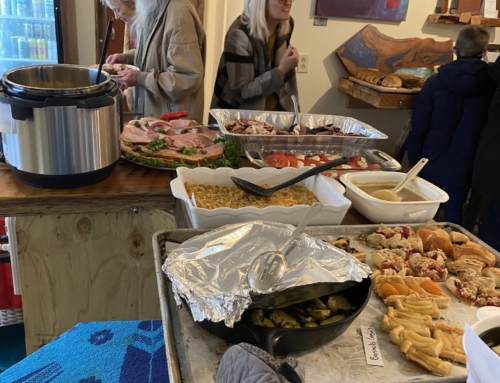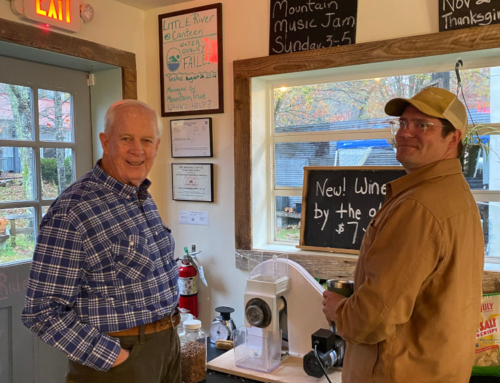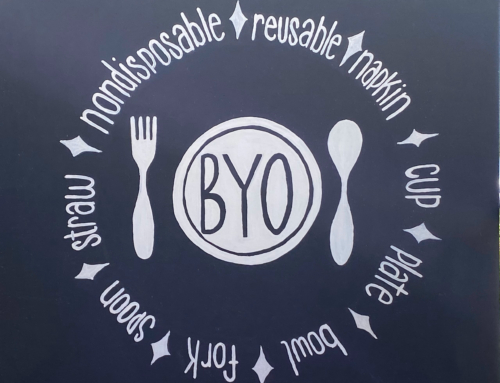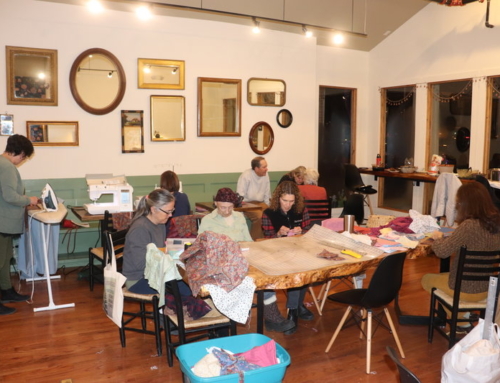Susan Lefler shared this dear story of the pig bucket and using food scraps. Thanks Susan for sharing.
Since “plague” is now a constant theme in our lives, it’s seems logical to begin my pig feeding history with my childhood in North Carolina before polio vaccine was available. People were vaccinated against small pox and so polio had become the scourge and fear for families. I have not double-checked to see if polio outbreaks were seasonal, but I remember the drama occurring in the summer.
My parents were both employed by the UNC Chapel Hill, my mother as a reference librarian, my dad as head of the university’s Audio Visual Bureau. When they had to make a work-related trip anywhere that might attract crowds (I especially remember Cherokee being one), I spent the time with my mother’s parents who farmed in Rockingham County near Reidsville, NC. In addition to necessary trips, since my parents worked full time, I often spent weeks in the summer on the farm.
Although the main money crop on our farm was tobacco, my grandfather drove the less than 10 miles to Reidsville to deliver eggs, butter and milk door to door. Virtually everything we ate was raised in their enormous “truck garden” or in the fields. When meat was served, it was either a chicken that had been picked out and lost its head on the chopping block (the ax wielded by my tiny grandmother) or ham from the smokehouse. Occasionally a neighbor would bring fish from a nearby pond. The cows were exclusively dairy cows. I never remember having beef of any kind.
 A constant in my young life during those summers was the “slop bucket” by which we meant the bucket that sat in the kitchen to hold food scraps meant for the hogs. Not to put too fine a point on it, this bucket was distinct from the “slop jar,” a large enamel jar with a lid available in the night if someone was desperate for the bathroom. Full disclosure, thanks to Franklin Roosevelt’s New Deal, my grandparents had gotten electricity and thus, water from the well with a pump. So when my dad got out of the Navy right before I was born, he and my grandfather built the farm’s first bathroom.
A constant in my young life during those summers was the “slop bucket” by which we meant the bucket that sat in the kitchen to hold food scraps meant for the hogs. Not to put too fine a point on it, this bucket was distinct from the “slop jar,” a large enamel jar with a lid available in the night if someone was desperate for the bathroom. Full disclosure, thanks to Franklin Roosevelt’s New Deal, my grandparents had gotten electricity and thus, water from the well with a pump. So when my dad got out of the Navy right before I was born, he and my grandfather built the farm’s first bathroom.
But I digress. Each day, my grandfather would take the slop bucket out to feed the hogs. I would walk with him, listen to him call the pigs to the fence, watch him throw the contents of the bucket into the trough. While they were eating, my granddad would take a long stick and scratch their backs. I’m not sure how many pigs we had…I think 3 to 5. But it is a vivid memory of what we now call “sustainability” all built in and taken (by me) for granted. I never saw a roll of foil or wax paper or any such in my grandmother’s house. Food was covered with plates. Aprons, bonnets and house dresses were made from the feed sacks the chicken food came in. Lard soap was made in an iron kettle in the yard.
When Kim told us you could feed the pigs at Rooster Head, I could hardly wait. She said that she stored her extra food scraps in plastic paint buckets with lids. They’re easily purchased and easy to clean between each delivery. That was all it took in late February and I’ve been going once a week ever since.
When I take food scraps to the Rooster Head Pigs, I get to relive a lovely series of moments from my childhood with my beloved grandparents. I recently made a little video on my phone (with Jacque’s permission) for our two year old grandson who lives in Flat Rock. My hope is that soon, our circumstances will allow us to take him to meet the pigs in person.






